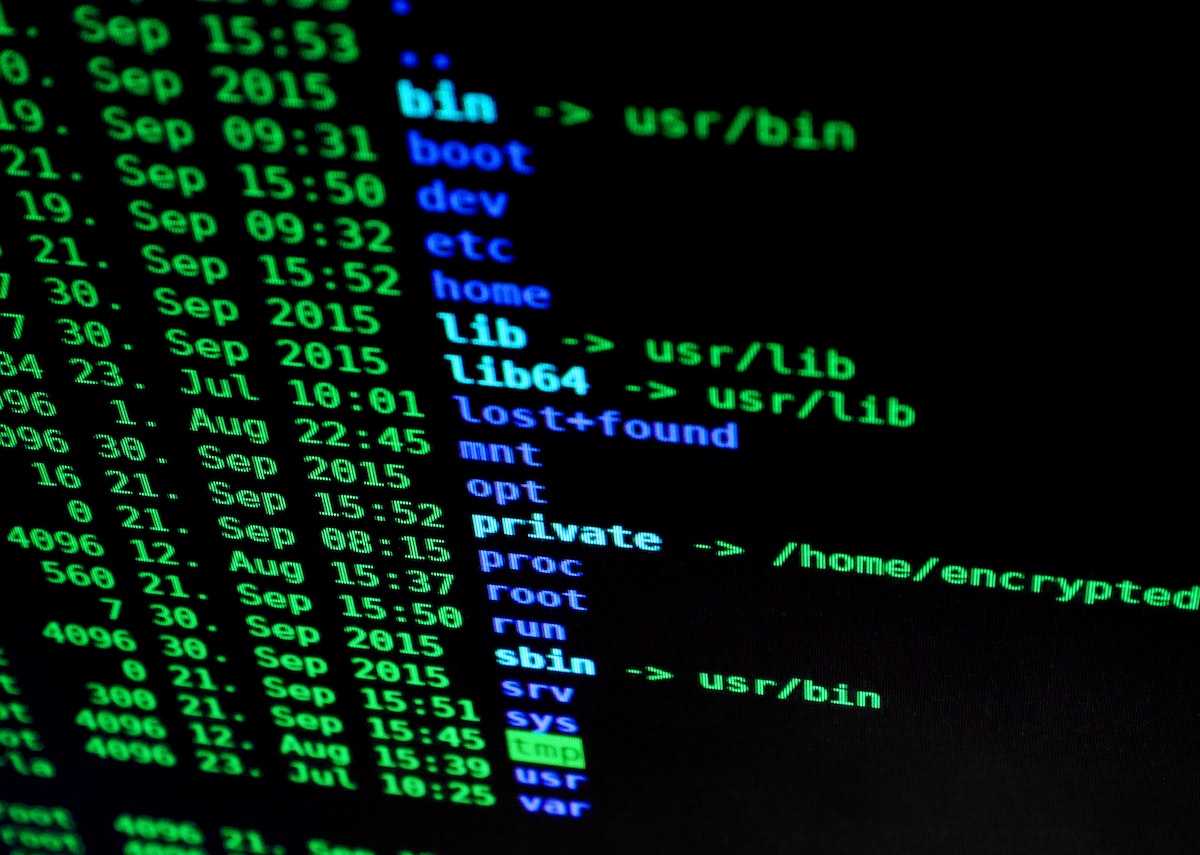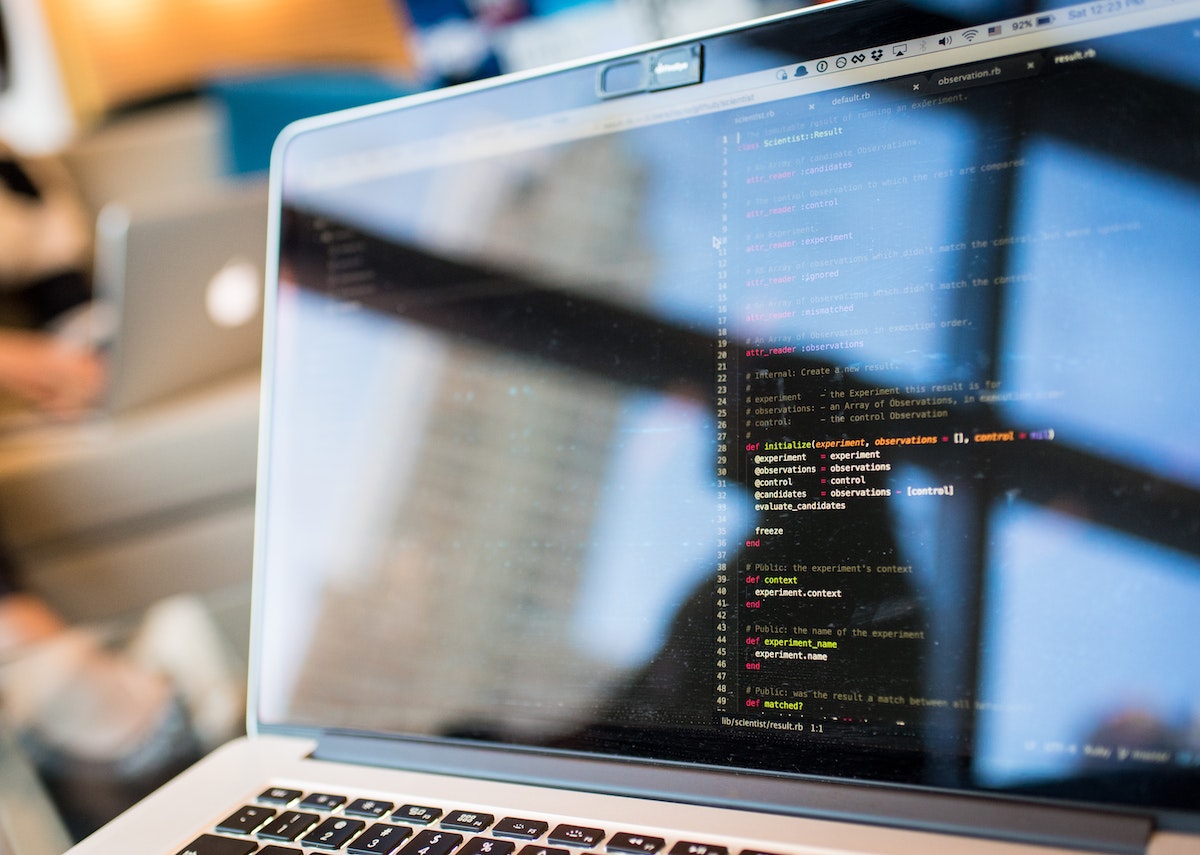Cybersecurity Threats In 2020
Share

Cybercrimes have become the latest news with stories of major security breaches in top organizations making the headlines. According to a 2019 Statistasurvey, 114,702 US residents were victims of cybercrimes that year. The cyberattacks used against them include smishing, phishing, vishing, and pharming.
Scammers keep coming up with new ways to disrupt individuals, organizations, and businesses. Twitter account hacks of globally influential people are clear examples of this. Some of these threats are relevant to modern businesses.
Learning about the security threats that will be relevant in the future will help you prepare in advance and protect you and your business.
1. Social engineering attacks: Criminals have always launched social engineering attacks like phishing to trick people to hand off confidential data like passwords or bank card details. Modern companies are working on their email safety mechanisms to prevent the occurrence. However, cybercriminals never seem to quit. They keep on discovering new malware tools to launch security breach attacks. Cyber attacks of this kind do not require much investment and guarantee immediate payback.
2. Ransomware: Ransomware attacks cause huge losses to companies annually. In this type of attack, criminals use a tech stack to gain access to company databases, as well as personal data, and hold the information for ransom. As per the Statista survey, 1182 companies having more than 500 employees were affected by ransomware attacks in 2019. Only 66.9% of the affected companies were able to recover data by paying the demanded ransom money in the form of Bitcoin or some other cryptocurrency. Cybercrimes like this tend to target organizations rather than individuals because the former will mostly pay more ransom than the latter.
3. Deepfake: Deepfake is fake media, where a real person’s image is used in place of another person and added to an existing video of the person speaking. With its algorithms advancing over the years, cybercrimes like Deepfake are being reported more. With Deepfake evolving to its advanced versions, hackers may use it in different industries like politics and finance to defame individuals. The technology poses serious threats to elections in various countries. Cybercriminals may use Deepfake to steal huge amounts of money from companies and tarnish the image of individuals and brands.
4. Cloud Threats: Businesses have started using cloud services more than ever and the scenario has increased the chances of cybersecurity attacks targeted at the companies using the cloud. The most common cloud threats include configuration errors, data leaks, stealing user accounts, unsafe APIs, and insider threats to organizations. The attacks will have a significant negative impact on businesses that haven’t considered investing in cloud safety.
5. IoT Based Cyber Attacks: IoT attacks use the individual’s access to internet devices as the entry point. Attackers install the malware in devices used by individuals to connect to their internet at home. Some devices that have safety issues will make it easy for cybercriminals to hack the devices and gain unauthorized access to business networks.
In this era of digitalization, attackers are on the constant lookout for new strategies to launch attacks. The companies have to be cautious and find highly advanced ways to keep their data protected.




